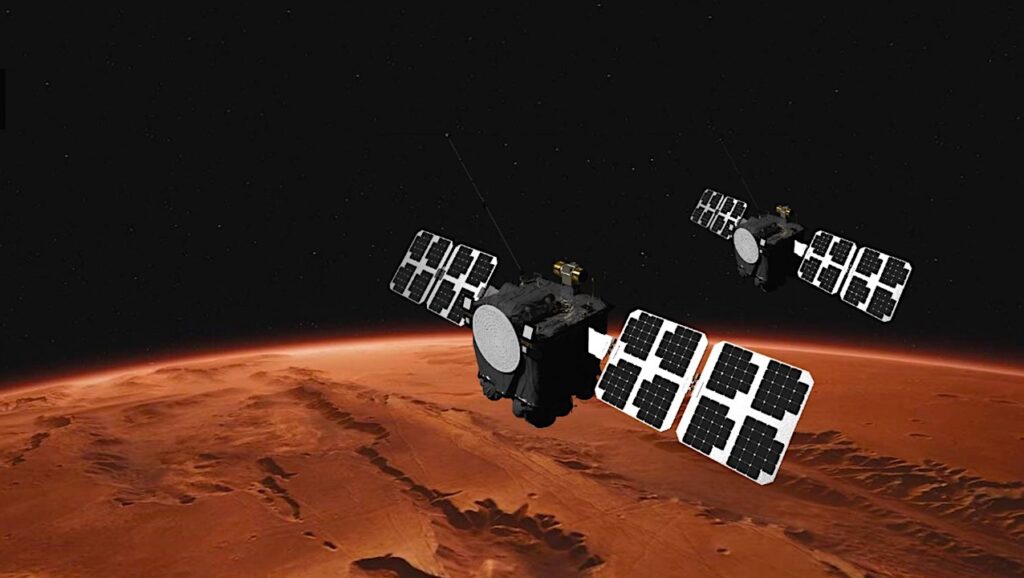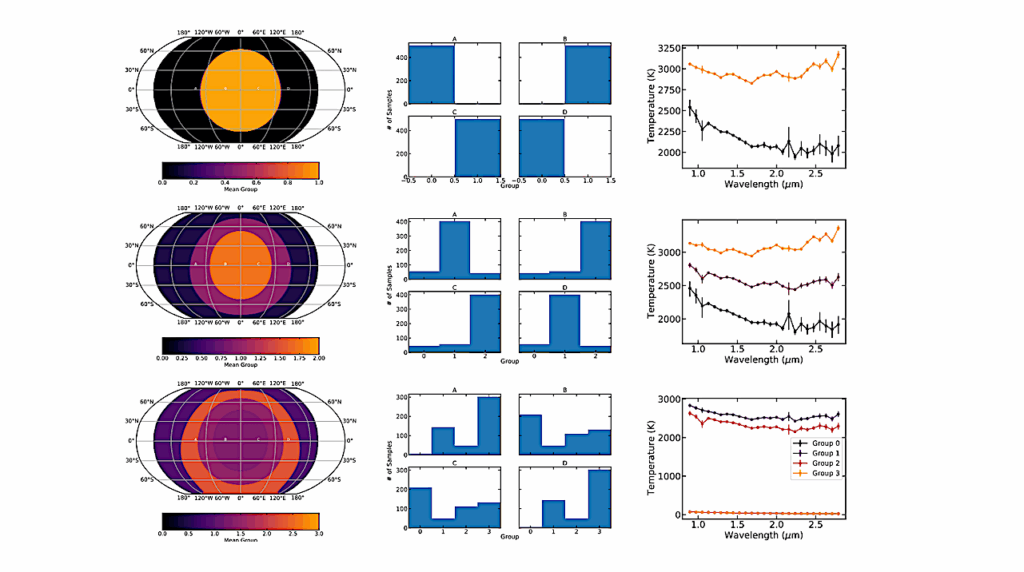Considerations for Photochemical Modeling of Possible Hycean Worlds

JWST is revolutionising the study of temperate sub-Neptunes, starting with the first detection of carbon-bearing molecules in the habitable-zone sub-Neptune K2-18 b. The retrieved abundances of CH4 and CO2 and non-detection of NH3 and CO in K2-18 b are consistent with prior predictions of photochemical models for a Hycean world with a habitable ocean.
However, recent photochemical modeling raised the prospect that the observed abundances may be explained by a mini-Neptune scenario instead. In this study, we explore these scenarios using independent photochemical modeling with K2-18 b as a case study.
We find the previous results to be sensitive to a range of model assumptions, such as the photochemical cross sections, incident stellar spectrum, surface pressure, UV albedo, and metallicity, significantly affecting the resulting abundances.
We explore a wide model space to investigate scenarios that are compatible with the retrieved molecular abundances for K2-18 b. Our analysis shows that the previously favoured mini-Neptune scenario is not compatible with most of the retrieved abundances, while the Hycean scenarios, both inhabited and uninhabited, provide better agreement.
An uninhabited Hycean scenario explains most of the abundance constraints, except CH4 which is generally underabundant but dependent on the model assumptions. The inhabited Hycean scenario is compatible with all the abundances if the observed CH4 is assumed to be predominantly biogenic.
Our results underscore the importance of systematic photochemical modeling and accurate interpretation of chemical abundance constraints for candidate Hycean worlds.

Photodissociation cross sections for twelve molecules are compared across three models. Cross sections (σλ) in terms of cm2 molecule-1 are shown for H2O, CH4, H2, CO, CO2, NH3 in the left column on a log scale and the right column shows the cross section for HO2, HCN, CS2, H2S, C2H6, and OCS and linear (right) scale versus wavelength in nm. Available cross sections in Atmos and Photochem are shown in red and light blue, respectively. VULCAN has cross sections given in terms of absorption (grey) and dissociation (black). The vertical magenta dotted line shows where the Photochem photolysis grid starts at 92.5 nm. — astro-ph.EP
Gregory J. Cooke, Nikku Madhusudhan
Comments: 29 pages, 12 figures, in review in ApJ
Subjects: Earth and Planetary Astrophysics (astro-ph.EP)
Cite as: arXiv:2410.07313 [astro-ph.EP] (or arXiv:2410.07313v1 [astro-ph.EP] for this version)
https://doi.org/10.48550/arXiv.2410.07313
Focus to learn more
Submission history
From: Gregory Cooke
[v1] Wed, 9 Oct 2024 18:00:01 UTC (6,326 KB)
https://arxiv.org/abs/2410.07313
Astrobiology,








